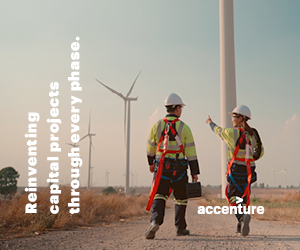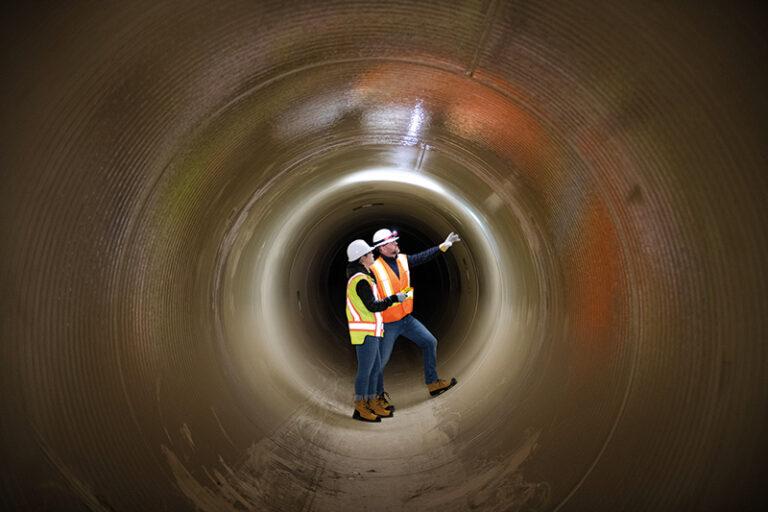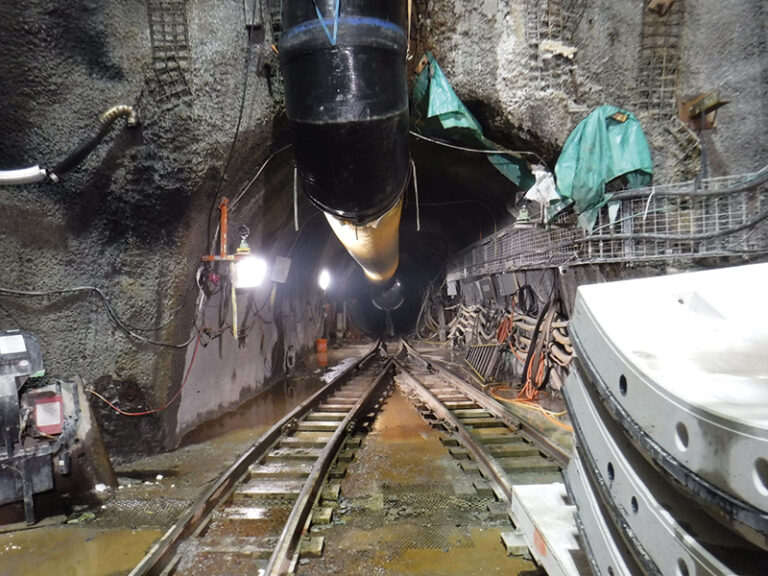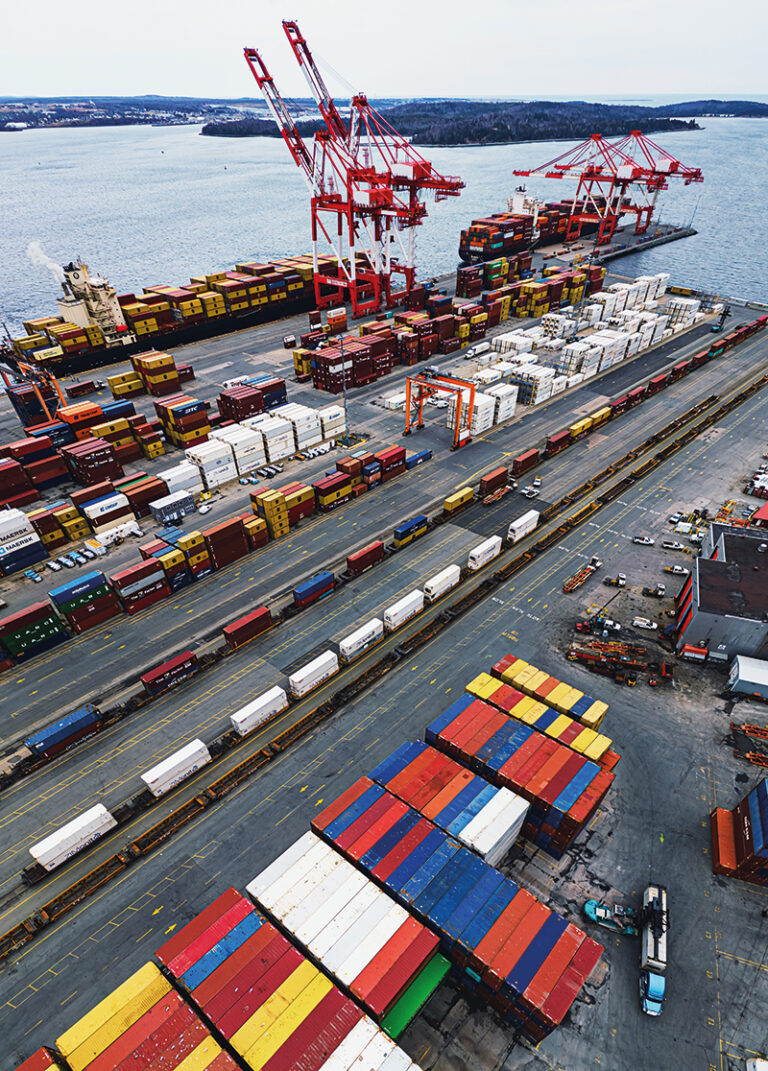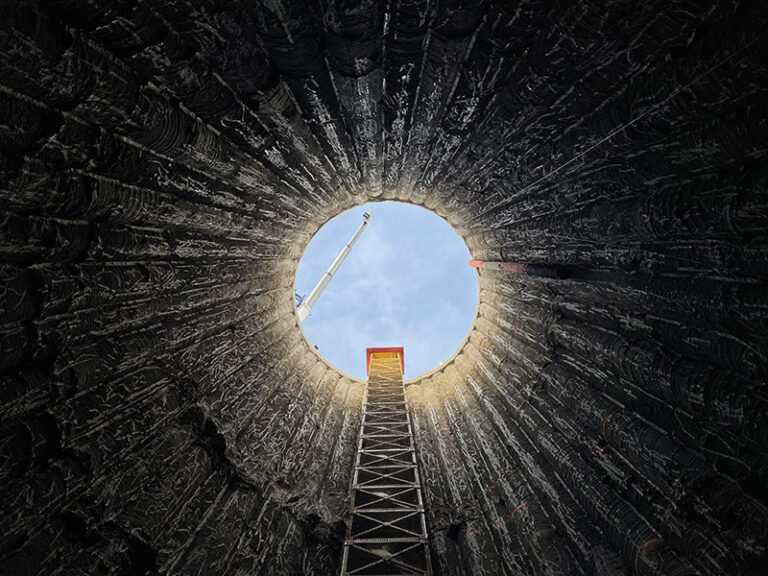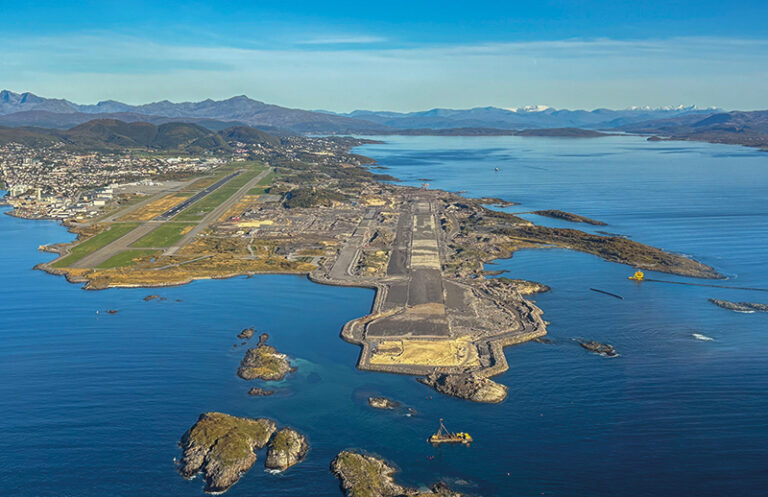By Rabeh Ayari
Canada is blessed with vast reserves of natural resources and holds immense promise for energy sovereignty in an age of increasing geopolitical uncertainty.
Yet outdated energy infrastructure impairs our ability to secure our future. Aging power generation assets have created bottlenecks that hinder Canada’s ability to capitalize on its fortunate position while driving up the capital investment needed to fix systemic issues.
According to a report by the Canadian Electricity Association, a commitment of $350 billion will be required by 2050 to modernize Canada’s grid and transition to low-carbon electricity. This does not recognize the impact of artificial intelligence as the report is from 2015; a full seven years before the first version of ChatGPT was released and AI’s energy use was understood, which will place significantly greater pressure on our current infrastructure.
However, there is an opportunity to fight fire with fire and position Canada for future success providing we deploy intelligent models and AI-driven systems to enhance energy production and revolutionize storage through AI-powered digital twins, leveraging its multidimensional scenario simulation to improve decision-making when prioritizing future energy infrastructure investment.
Done correctly, we enhance competitiveness, secure energy sovereignty, and strengthen Canada’s leadership in the global energy landscape.
How smart systems and AI drive production and strategic use
The initial focus should be on enhancing efficiency in electricity consumption, which has risen by roughly 10 per cent since 2000. In 2021, three main sectors drove Canada’s electricity usage. The industrial sector emerged as the largest consumer, responsible for 38.4 per cent of total electricity demand. The residential sector followed, accounting for 32.5 per cent, while the commercial sector utilized 27 per cent.
Here, smart energy management systems, powered by AI can improve strategic energy use and scheduling. Sensors and Internet of Things devices create real-time dynamic adjustments to align consumption with production by optimizing heating, cooling and lighting according to occupancy, weather conditions and energy prices. This approach not only enhances operational efficiency but also drives cost savings and sustainability.
Lastly, AI can help strategic use of mixed energy sources so that solar, wind, hydro, and nuclear are deployed based on availability, cost and environmental impact by balancing when do draw from stored or grid electricity in place of renewables to maintain stability and maximize the efficiency of Canada’s energy mix.
Transforming energy storage with AI-powered digital twins
Advanced digital twinning is a game-changer in managing energy infrastructure.
Digital twins are virtual models of physical systems that can be used to measure how any number of different inputs will impact asset performance and maintenance. It is an important breakthrough for energy storage which faces many challenges including loss of energy during conversion, scalability to meet growing demand, storage durability and capacity, plus the costs associated with developing solutions makes this a central component of an energy continuum.
Having AI-powered digital twins is the equivalent of super-charging scenario planning to vastly improve overall control. It is unmatched in its ability to recommend a path forward while balancing a seemingly infinite number of conflicting data points. It can track inefficiencies during the energy conversion process and suggest improvements to increase capture, while also optimizing charge and discharge cycles in batteries to reduce energy loss and extend battery lifespan.
Impressively, digital twins can also be applied to better predict battery longevity by monitoring potential issues including overheating and related equipment failure for proactive maintenance, minimizing downtime and ensuring consistent performance.
Energy infrastructure planning with advanced analytics and predictive insights
Predictive analytics has become a cornerstone for strategic infrastructure investments, enabling data-driven decision-making that minimizes unnecessary expenditure. By leveraging demand forecasts, resource availability, and growth projections, it is possible to prioritize infrastructure projects that address current and future needs effectively.
Advanced analytics further refine this process by incorporating crucial factors such as topography, population density, and resource proximity. This ensures that energy infrastructure is developed in locations where it is economically viable.
In the ever-evolving energy sector, predictive modeling provides real-time data to adjust strategies dynamically to account for regulatory shifts, environmental concerns, and market fluctuations. These insights allow stakeholders to navigate potential risks while staying compliant, mitigating environmental impact, and adapting to market volatility.
Ultimately, predictive analytics empowers organizations to optimize their investments. By identifying cost-effective projects with the highest long-term returns, these tools drive efficiency and sustainability, shaping a resilient and forward-thinking energy infrastructure landscape.
Modernizing energy systems is urgent, given inefficiencies, aging grids, and the challenges of integrating renewables. However, advancements in intelligent systems offer hope. The path forward demands innovation, smart investments, and a commitment to modernization that will help Canada realize its independence and leadership as a globally recognized energy provider.
Rabeh Ayari, PhD, Artificial Intelligence, Senior Manager, Accuracy
Featured image: (CIB)



